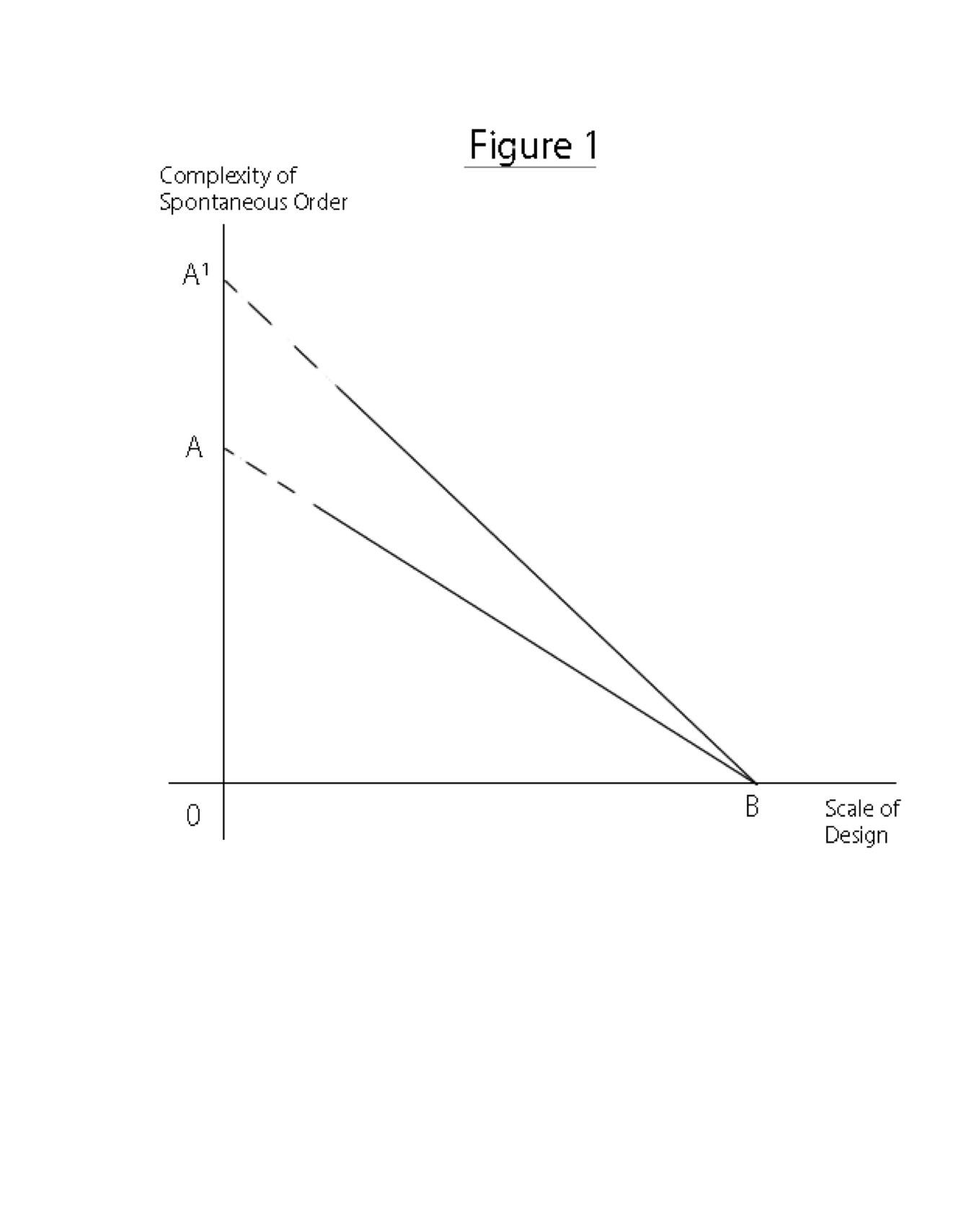Here's something I hadn't thought of in quite this way (but many others probably have): In a living city, space is cheap enough so that people with wacky (often "terrible") new ideas can test them out, while wealthier people in that city search for wacky new things to try out (because they've … [Read more...]
Ch. 1 What is a City?: Concluding thoughts & works cited
Viewing cities as spontaneous orders and not as works of art helps to explain the tradeoff between scale and order, as well as the role of time in softening the severity of that tradeoff. Complexity and creativity are at odds with scale and the comprehensiveness of design because increasing scale … [Read more...]
Ch. 1 What is a City?: Cities cannot be efficient
Before we can correct what we think is wrong with a city, we need an appropriate standard of what is right. That standard of rightness in turn depends on our understanding how the thing we are trying to fix is supposed to work. In this regard I’m afraid neither standard macroeconomics nor … [Read more...]
Ch. 1 What is a City?: What the tradoffs might look like
We can visualize the tradeoff between the scale of design and the complexity and spontaneity of a social order as a downward-sloping curve. A sort of “scale-versus-order-possibilities frontier.” In addition to scale and spontaneous order/complexity, a third element I would add to the tradeoff is … [Read more...]
Ch. 1 What is a City?: Complexity and radical ignorance
First of all, Jacobs observed that the artist abstracts from life, with all its “inclusiveness” and “literally endless intricacy.” Many architects, especially those with great ambition, seem to treat urban environments as merely a canvas for their works of genius, which if not already blank needs to … [Read more...]
Ch. 1 What is a City?: What a city is not (and is)
As Jacobs explains in her book The Death and Life of Great American Cities: Artists, whatever their medium, make selections from the abounding materials of life, and organize these selections into works that are under the control of the artist…the essence of the process is disciplined, highly … [Read more...]
Ch. 1 What is a City?: Up close and personal
One of the popular sports broadcasts I used to watch as a kid promised interviews with athletes that would bring them to you “up close and personal.” As I was once waiting in line to order coffee at one of my favorite local coffeehouses there were several people ahead of me. I followed the “barista” … [Read more...]
Montaigne on Spontaneous Social Order
"In fine, I see from our example that human society holds and is knit together at any cost whatever. Whatever position you set men in, they pile up and arrange themselves by moving and crowding together just as ill-matched objects, put in a bag without order, find of themselves a way to unite and … [Read more...]
- 1
- 2
- 3
- …
- 5
- Next Page »



